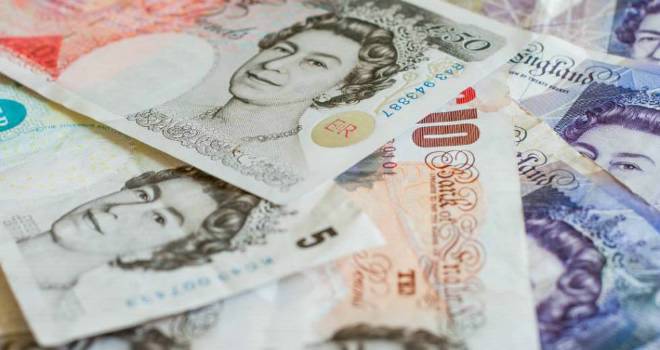
"There has been a distinct lack of competition in the ISA market, both from little movement in interest rates, to very few new providers entering the arena"
The Personal Savings Allowance (PSA) – launched in 2016 to give savers the chance to earn up to £1,000 in interest tax free each year – is still taking its toll on the ISA market, and the number of people using them has fallen as a result.
Rachel Springall, Finance Expert at Moneyfacts.co.uk, said: “It is little surprise to see that cash ISAs are being ignored by many savers. One of the biggest influences on the ISA market has been the disrupting force of the PSA since its inception in 2016. Savers have also faced the blight of Government lending initiatives, which decimated the savings market and forced interest rates to plummet. Before these interventions, the rate gap was much smaller, but today fixed ISAs are failing to keep up pace with fixed bonds.
There has been a distinct lack of competition in the ISA market, both from little movement in interest rates, to very few new providers entering the arena. There are 98 fixed rate bond providers in the market but only 56 fixed rate ISA providers, so there is a lot less choice out there for savers looking to utilise their annual £20,000 ISA allowance.
As it stands, the average one-year fixed ISA will return 1.26%, but one-year fixed bonds will return 1.42%. In fact, savers today can earn over 2% on a one-year bond, but there is not a single fixed ISA paying this as an equivalent. This means cash ISAs are still falling short, so it’s little wonder the number of people investing in one has fallen to an almost 20-year low, according to HMRC.
It remains the case that savers will need to switch their ISAs frequently to get the best rates on the market, but it’s likely that they will still get less of a return than if they had the money invested in a top fixed rate bond. For example, on a five-year fixed deal, there is a 0.40% difference between the best rate fixed bond versus its ISA equivalent.
Clearly, something needs to be done to get savers turning to ISAs again. If the PSA was ever abolished to bring in more tax from savers, then ISAs may shine brightly again in terms of their tax-free wrapper, but that doesn’t automatically mean rates will shoot up in the process.”





